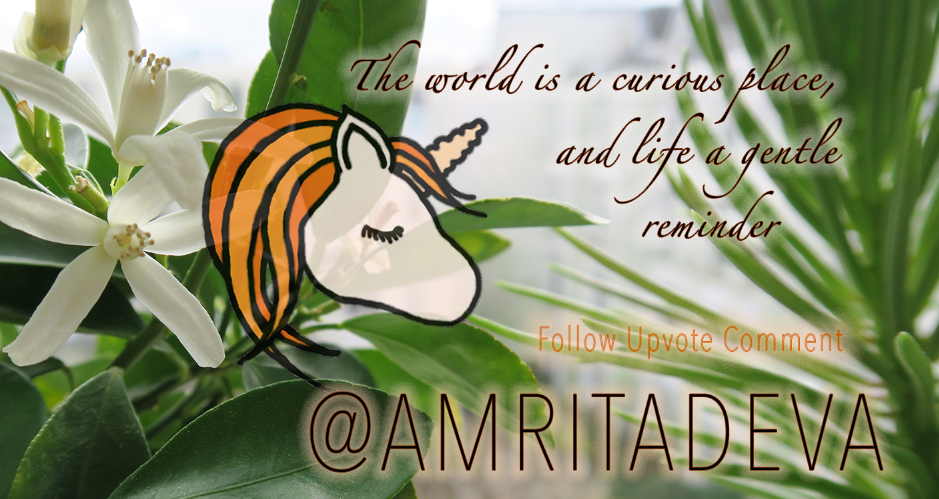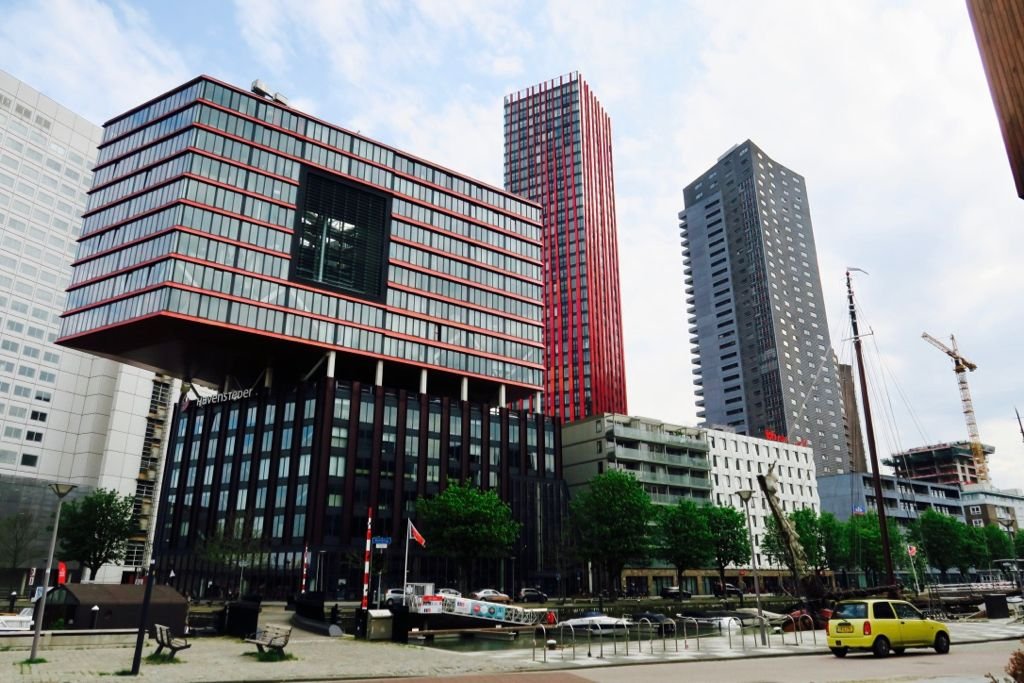
Hit hard by World War 2
Those of you who have been following my blog, might be aware that I am very fond of the city I live in. It's very un-Dutch for a Dutch city, actually. Many tourists are more familiar with Amsterdam or even The Hague and Utrecht. But Rotterdam is our country's second largest city, and it has a very unique character. This is largely due to the fact that Rotterdam was hit very hard by World War 2. Literally - the bombardments destroyed most of what used to be the city centre of Rotterdam, meaning that most of the city was rebuilt in the post war period.
Dutch cities are renowned for their 'grachten' (canals) and the old churches or old train stations or old post offices or old... etcetera. And all of that does have a unique style. But Rotterdam has a lot of modern architecture, sometimes surprisingly interchanged with pre-war survivors. And the modern architecture comes in all sizes and shapes, and is definitely worth knowing about. So here is the first part to a series about the architecture of Rotterdam - I hope you'll enjoy!

The Red Apple
A bit of context: this building is located on the 'island' opposite of our home, Wijnhaveneiland, allthough it is really part of the North side of Rotterdam and not surrounded with as much water as our own island, Noordereiland. Here is the view from the Oude Haven, you catch just a bit from the Westermeijer (white building on the right), and the Willemswerf (white building to the left). The Red Apple is only the tower part of the building, the lower part is called the Kopblok.
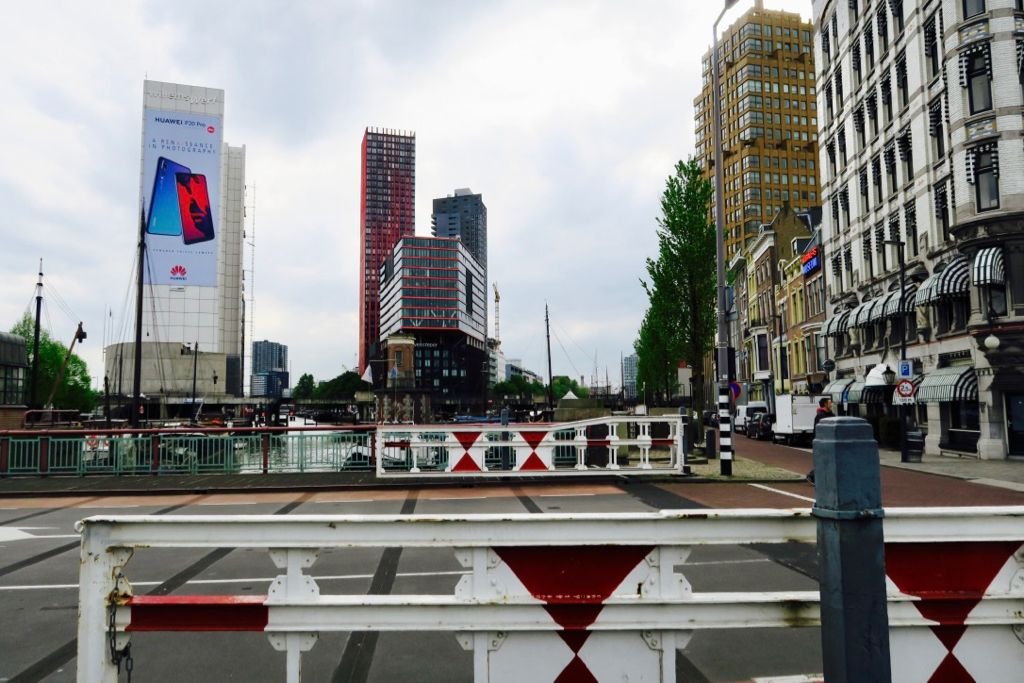

Did you know?
The Red Apple is 124 meters high, with 40 storeys and 121 living units. Among the architects was Jan des Bouvries, a famous Dutch designer. The building got completed in 2009 and is as of now the eighth-tallest building of Rotterdam.
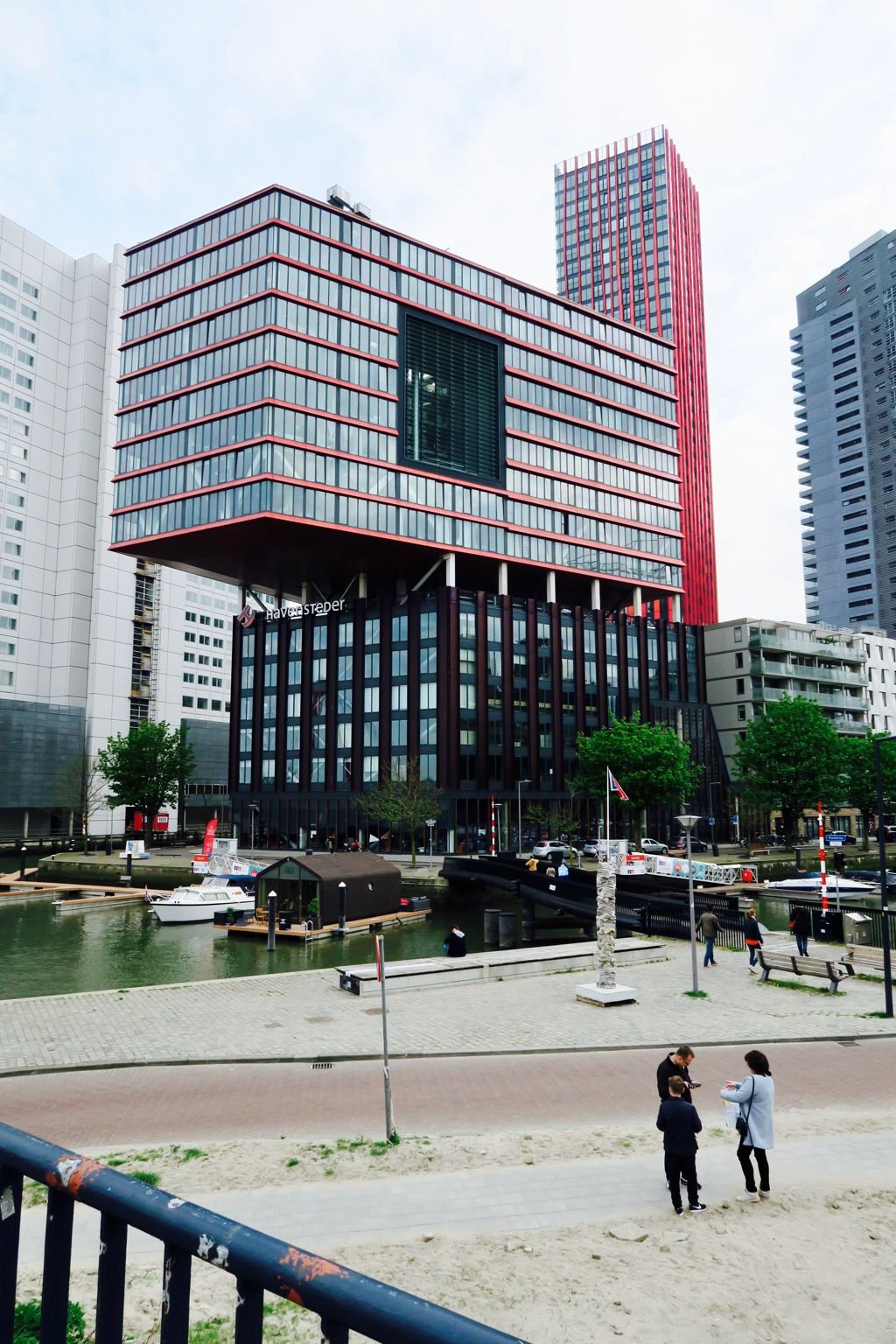

Water
If you love the canals in other Dutch cities, you should also definitely come have a look at the modern version here in Rotterdam. Water is always everywhere, and I love how it adds this serenity to even these areas with big offices and buildings right in the middle of town.
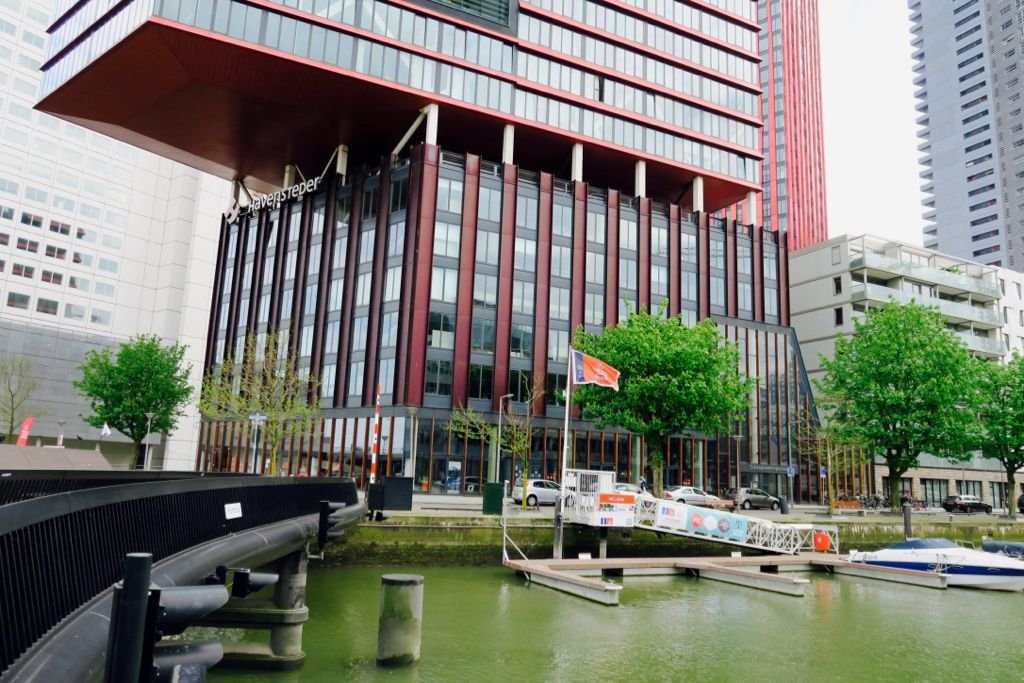
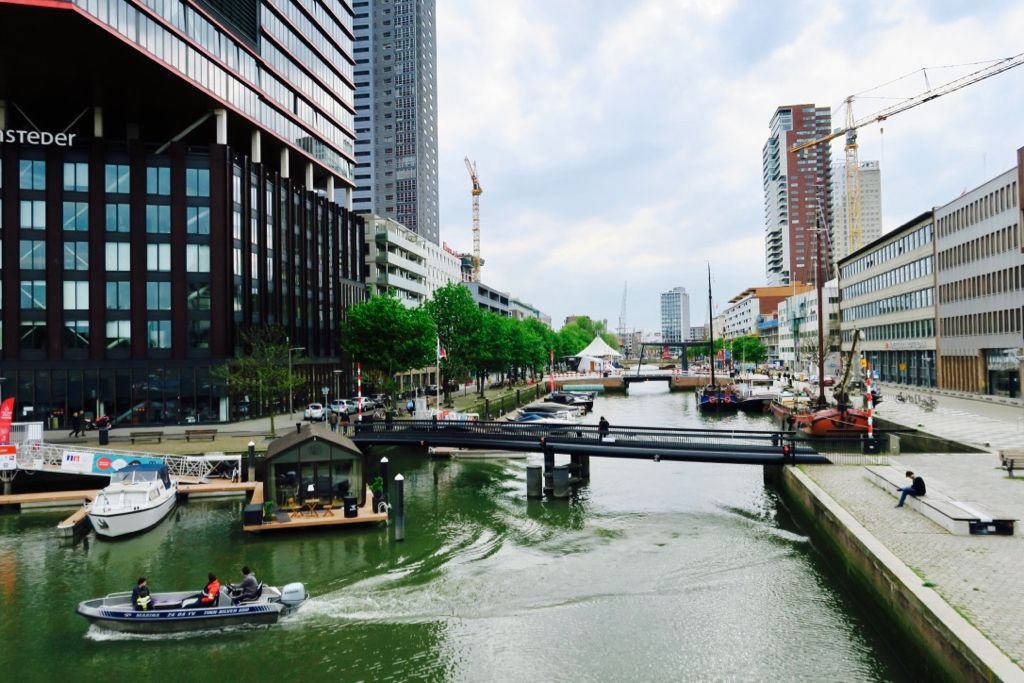
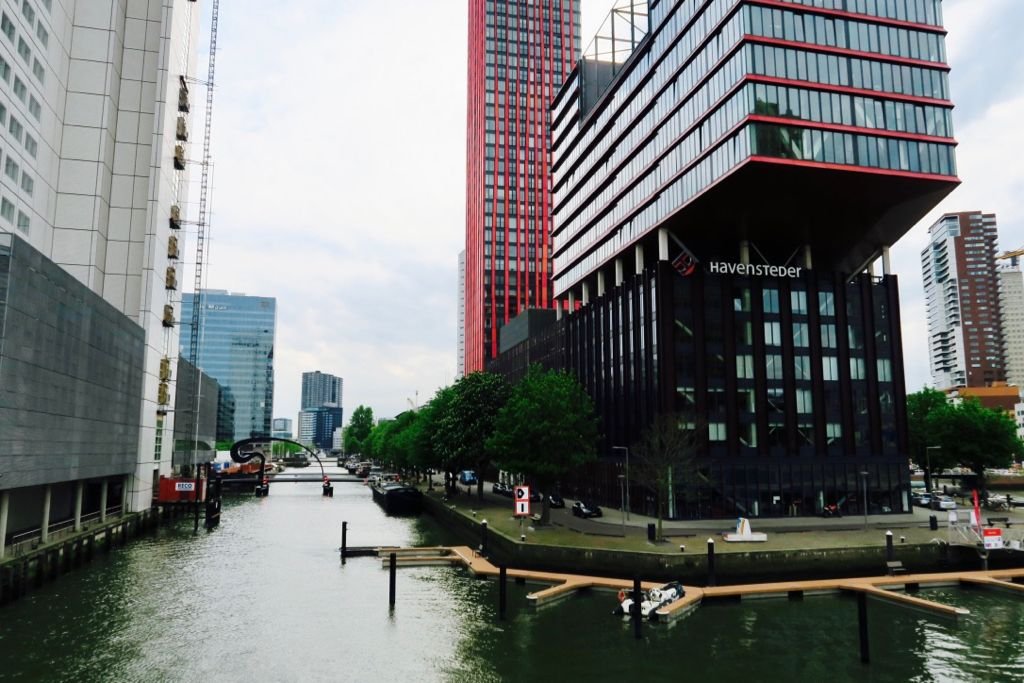

Tunnels
You probably can imagine that a lot of water means a lot of bridges. There are bridges for cars to cross, then there are sometimes also tunnels for bikes to go under, to simplify the traffic situations.
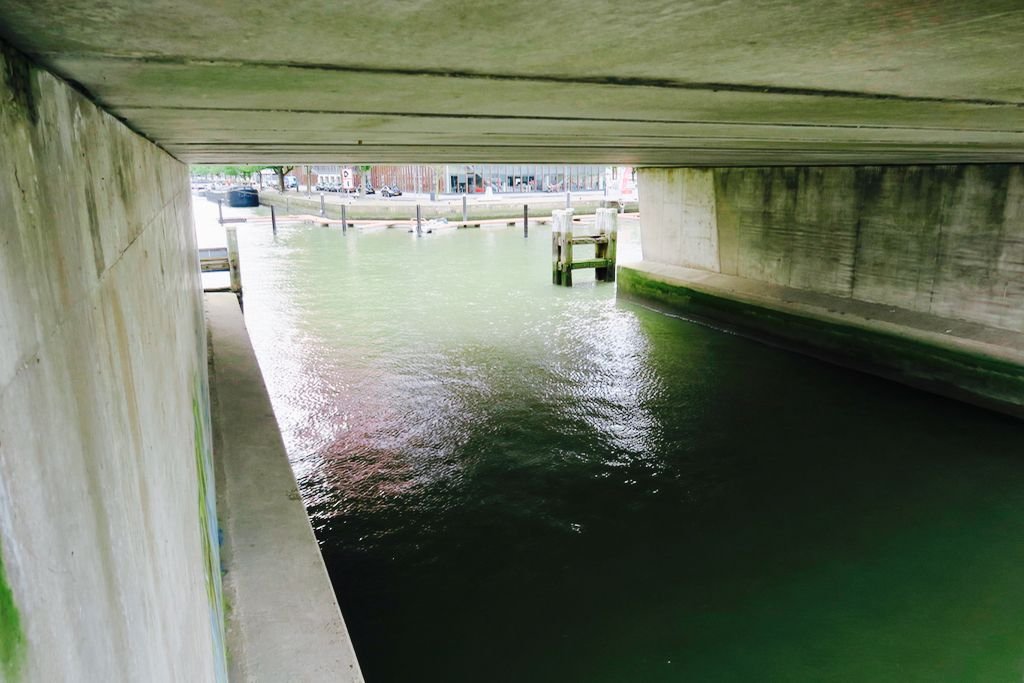
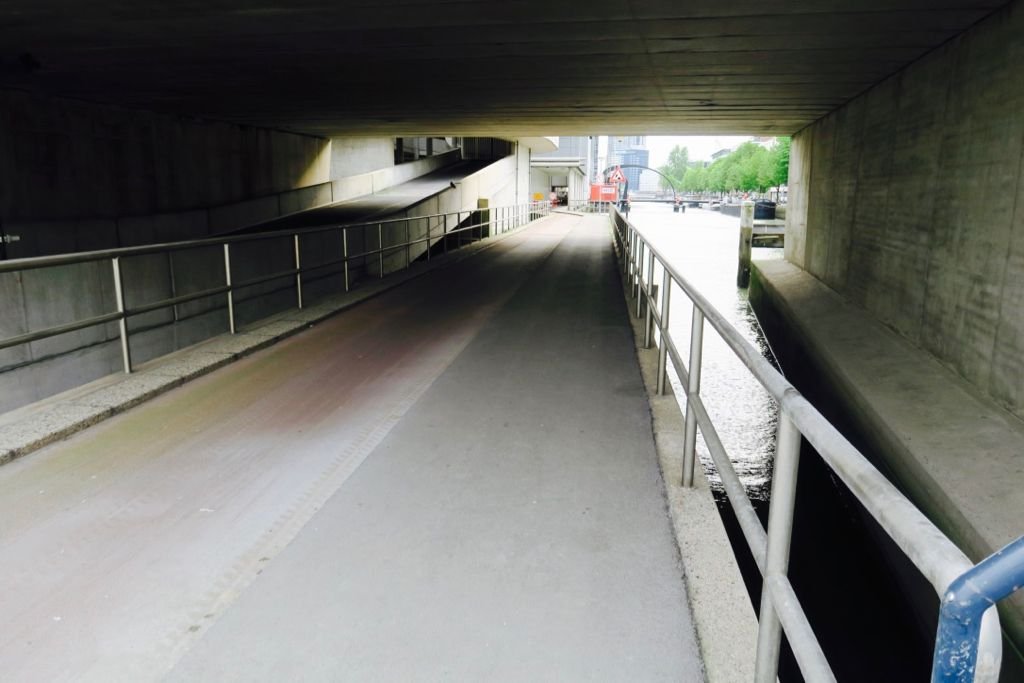

Feedback please?
Let me know whether you think this can turn into a great series or not, what I should or shouldn't add to posts in this series. I'd really love to get your feedback! There's so much I have to show you. Thanks for visiting this post, hope to see you in the next one!
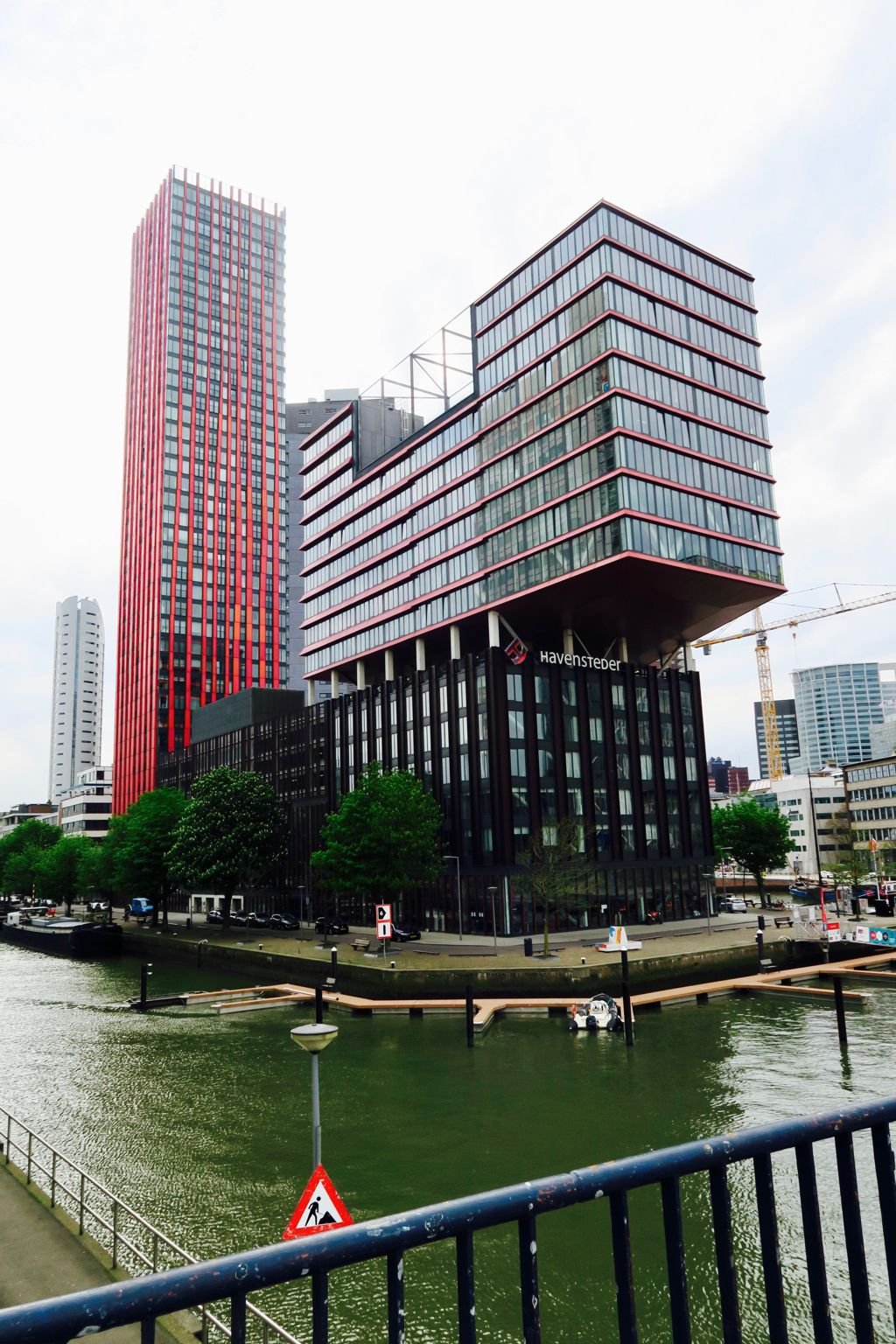
All content is created by me, and Steemit original.
Camera used: Canon G7X
